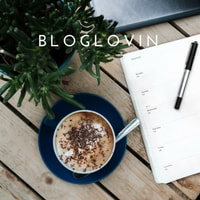inTERVIEW WITH LINDSEY FOUTS OF LAST CHANCE TEXTILESHow did you get started working with the medium of wax batik? It was actually a candle making project that led me to batik. I made beeswax candles as Christmas presents one year, and we had some left over wax. I found the wax medium so satisfying to work with, I decided to explore what else could be done with it. I was already working with fabric dyeing and painting around that time so it just made sense to experiment by incorporating the leftover wax into my process. What kind of designs inspire you the most? I’m inspired by textile designs from other mediums, like traditional quilting patterns, for example. I start thinking about how they could be put through the lens of batik. The batik adds so much organic texture, it is exciting to see how even very simple patterns can be transformed. How do you create all of your designs? Once you have penciled in a design on white fabric, you can begin applying hot melted wax to the surface. (We'll explore several application tools and techniques in the class.) Next, the entire waxed piece is submerged into a dye bath. The areas that have wax will remain white and everything else will be dyed- this is when you start to see the design come to life. The most exciting stage comes at the very end; it isn't until the wax is completely removed from the fabric that you can see the final effect and appreciate all the sparkling details. What are the most fun applications for batik? Once you know the basics, what can you do with it? So many possibilities, but I’ll just list a few: Batik is a great way to breath life back into old clothing or fabrics. The residual wax left in the fabric creates beautiful glow when used as a window or lamp treatment. It can be a fun project to share with children as the tactile process is a fun way to learn the concept of working in resist. Finally, as a fine-art medium- batik has a lot of possibilities- for example you can choose to leave some wax in the cloth to create a malleable material for sculpture. What exciting discoveries have you seen unfold during your batik workshops? The wax medium is very responsive to an individual's hand and the application can be manipulated in countless ways. Because of these unique properties, I have never seen two people's batiks look the same, even though we are all using the same set of tools! It is exciting to see how many different results and styles are revealed at the end of class. I hope you enjoyed this brief interview with Lindsey. I can't wait to learn new wax resist techniques from her in just a few short weeks, maybe even up-cycle a few pieces of clothing with that new knowledge. I have been very into, creating a custom wardrobe these days, and workshops like this, only serve to further inspire me. You can follow more of her work @lastchancetextiles. Be sure to stay in the loop about workshops and other textile related info my signing up to receive monthly updates below!
0 Comments
Leave a Reply. |
HI, I'M HILARY.
This is where I share inspiration for creative well living & following your dreams. With a love to sustainable conscious creation. You will notice that I offer workshops that inspire you to LIVE a soul-inspired life and manifest your dreams. I hope to meet you at one of my retreats or inside one of my group programs. I truly believe in the power of community and connecting with visionary femme creatives like you! For weekly inspiration -find me on YouTube Categories
All
FAVORITES
Archives
September 2023
BLOG COURTESY:
All layouts on this blog are created solely for, A Day in the Life. I enjoy sharing information and love when others enjoy my ideas enough to post the links on their own sites. I simply ask that you credit photos and link back to all original posts. Any comments that are inappropriate or spam will be deleted. All other rights reserved. |

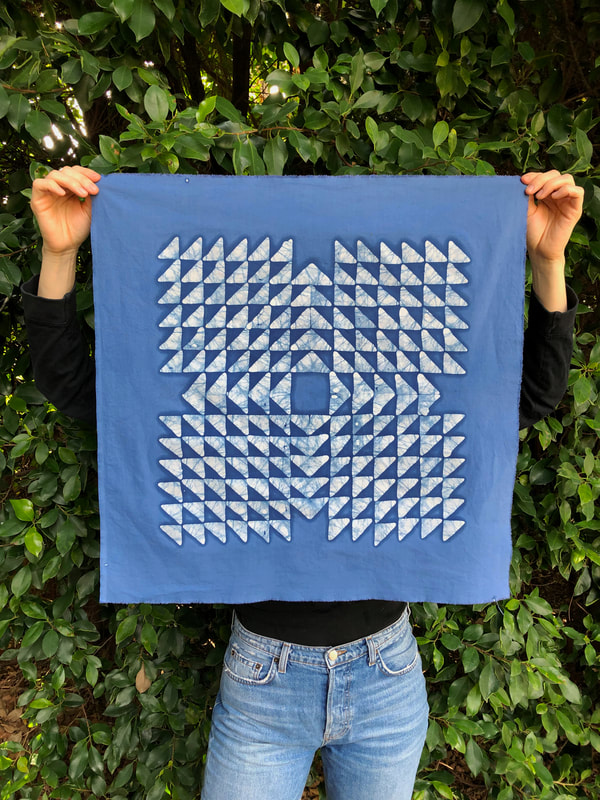
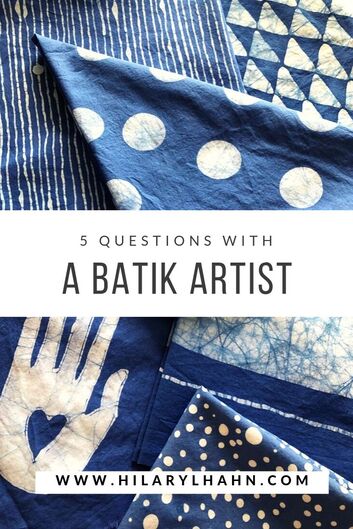


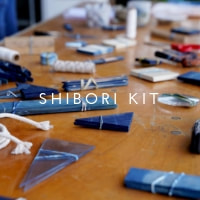
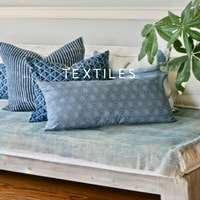
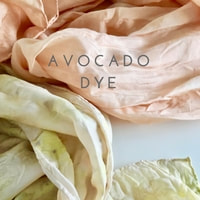

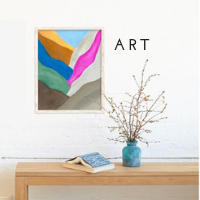

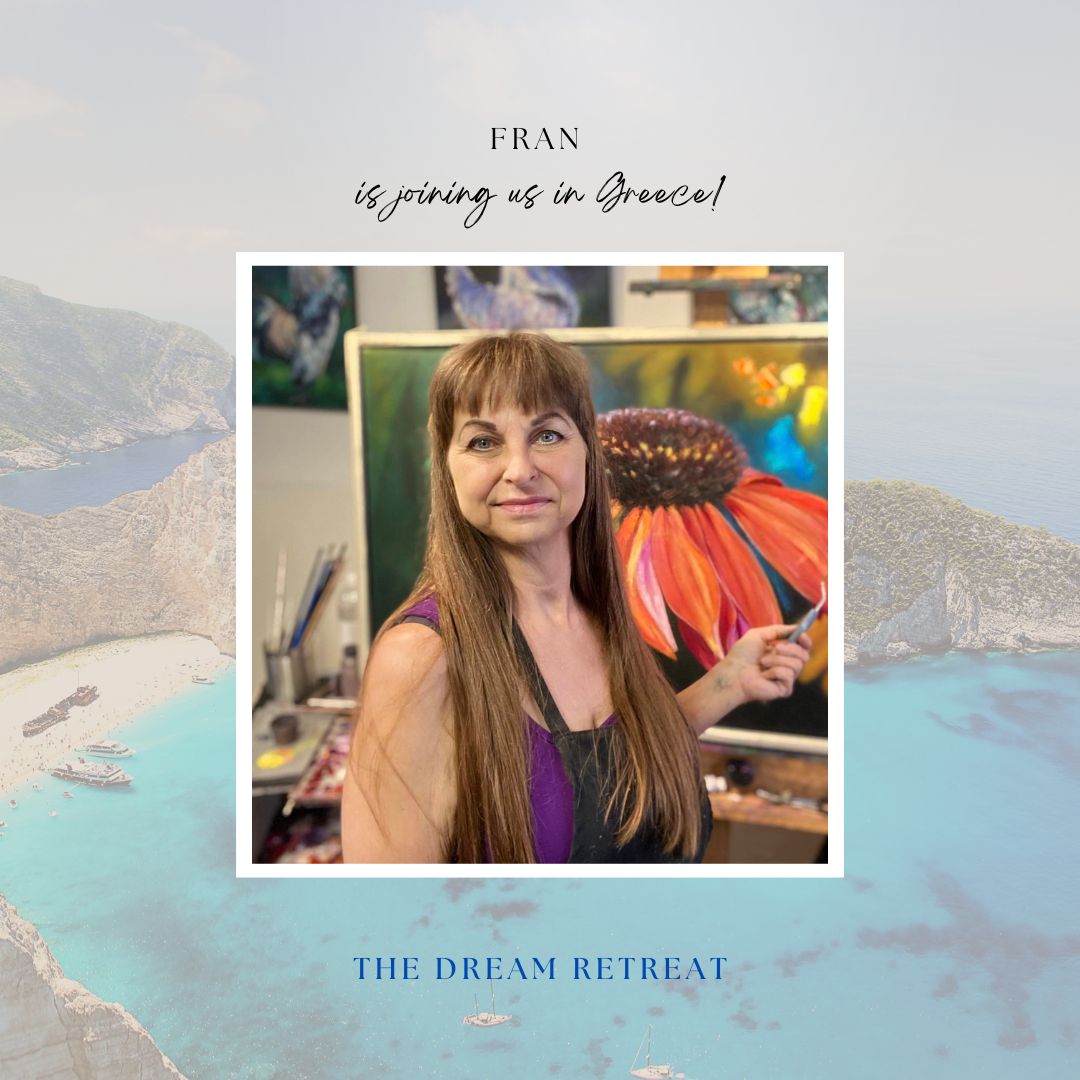


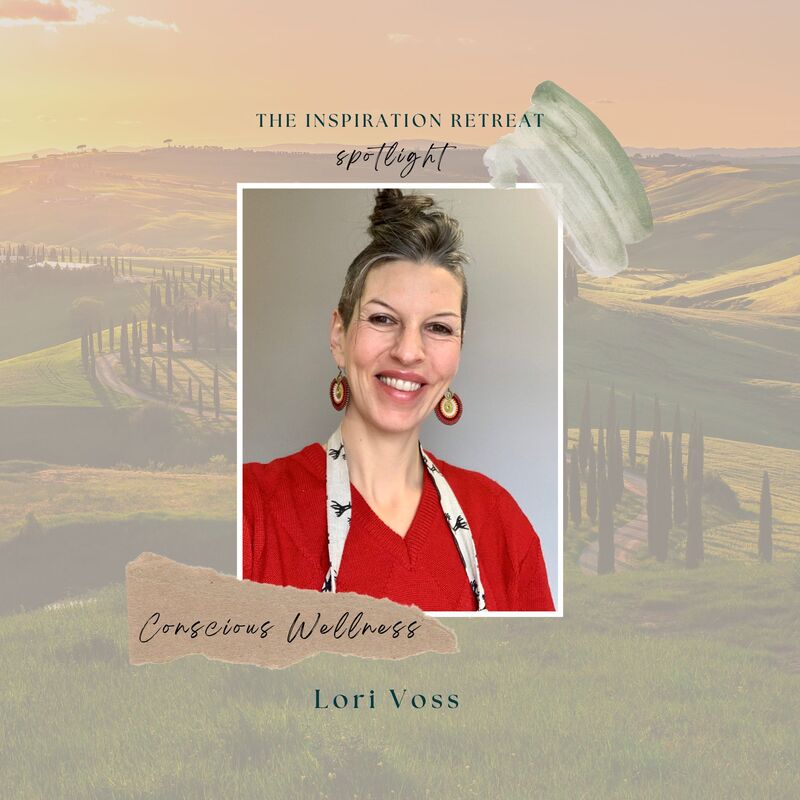

 RSS Feed
RSS Feed
